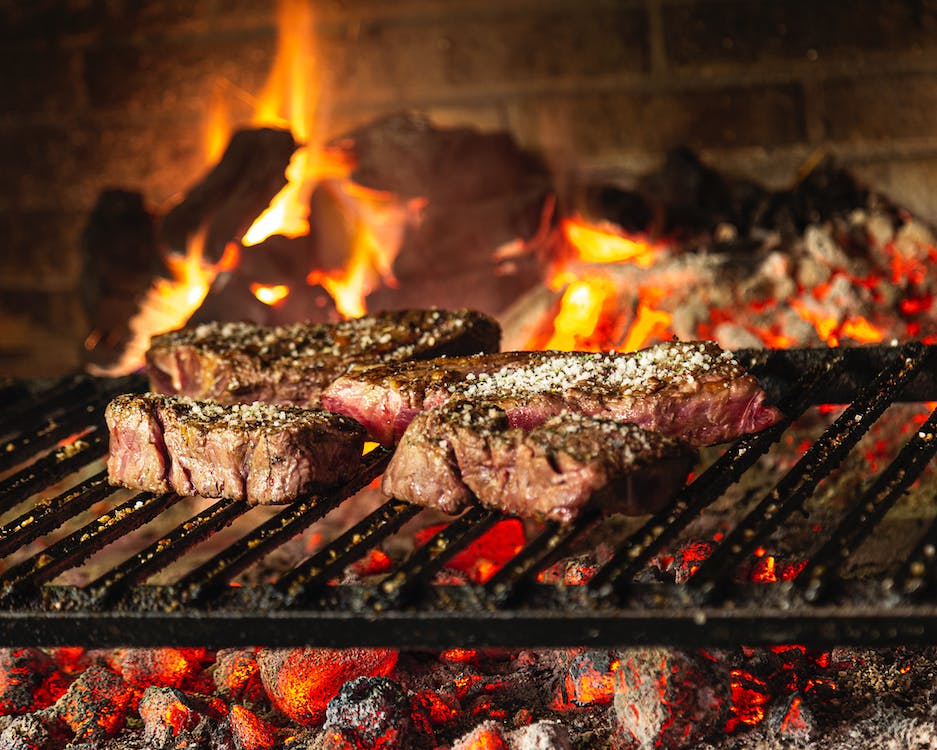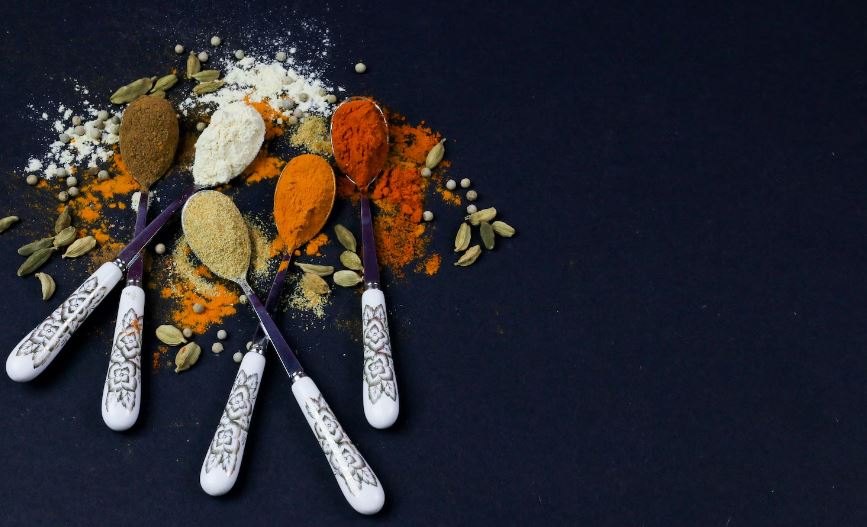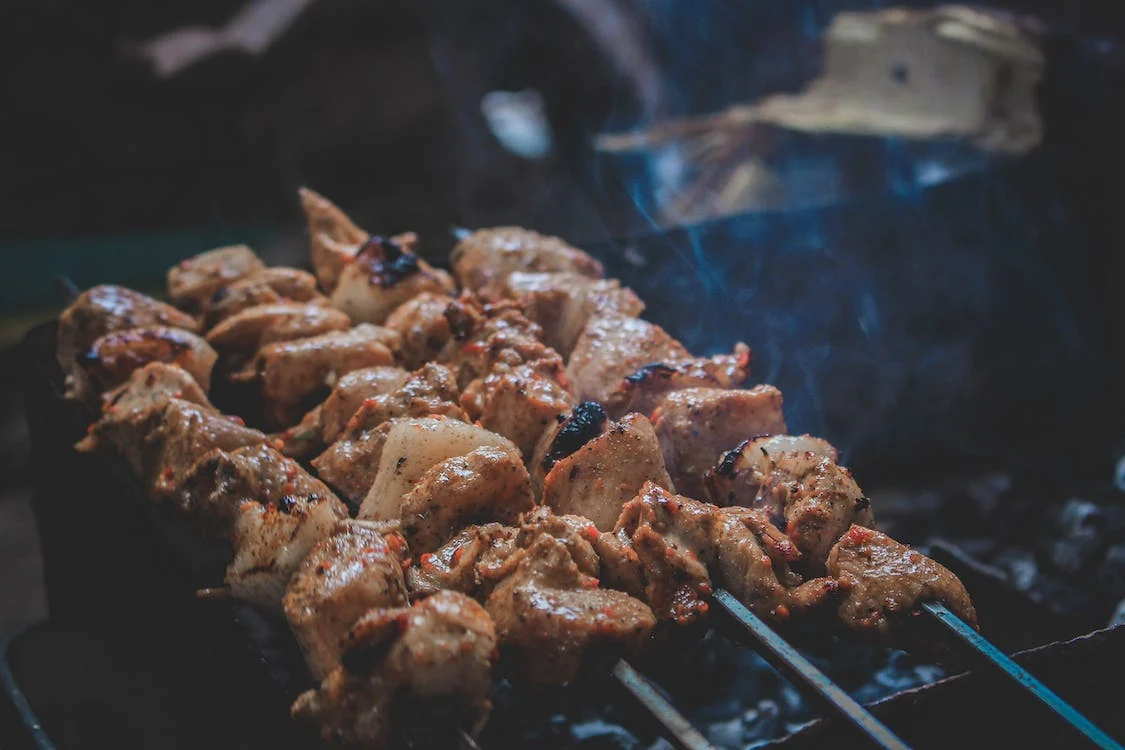Grilling is more than just a method of cooking, it is an art form that has been perfected over centuries. From open flames to modern gas grills, people have sought to infuse their food with a smoky, savory, and charred goodness that is unique to grilling. Whether you are a seasoned grill master or a novice, there are always techniques and tips that can help you enhance the flavor of your grilled dishes. In this article, we will explore various grilling techniques and strategies that can take your outdoor cooking to the next level, delivering mouthwatering and unforgettable flavors that will leave your guests craving more.
Choosing the Right Ingredients
The foundation of any great grilled dish starts with high-quality ingredients. Whether you are grilling meat, vegetables, or seafood, selecting the best ingredients is crucial for flavor enhancement. Here are some tips for choosing the right ingredients:
Meat Selection:
When grilling meat, opt for cuts with good marbling and fat content. Marbling adds flavor and juiciness to the meat. Popular choices include ribeye steak, New York strip steak, and pork shoulder.
Fresh Produce:
Use fresh, ripe vegetables and fruits for grilling. Seasonal produce often has the best flavor. Vegetables like bell peppers, zucchini, and mushrooms are great for grilling, as are fruits like peaches, pineapple, and watermelon.
Seafood:
Freshness is paramount when grilling seafood. Look for fish and shellfish with bright, clear eyes and firm flesh. Salmon, shrimp, and tuna are excellent options for the grill.
Preparing Your Grill
Before you start grilling, it is important to prepare your grill properly. Here are some steps to ensure your grill is ready to go:
Clean Your Grill:
A clean grill is essential for preventing flare-ups and ensuring even cooking. Use a grill brush to remove any residue from previous grilling sessions. Make sure the grates are clean and free of debris.
Preheat the Grill:
Preheating is crucial for getting those beautiful grill marks and searing the food properly. Preheat your grill to the desired temperature, whether it is high heat for searing or medium heat for slow cooking.
Oil the Grates:
To prevent sticking, lightly oil the grill grates before placing your food on them. Rub a paper towel dipped in vegetable oil over the grates using tongs.
Mastering Direct and Indirect Grilling
One of the fundamental grilling techniques is mastering the difference between direct and indirect grilling. Each method serves a specific purpose in enhancing flavor:
Direct Grilling:
This method involves cooking food directly over the heat source. It is ideal for searing steaks, burgers, and other thin cuts of meat. The high heat creates a beautiful caramelization and grill marks on the food’s surface.
Indirect Grilling:
Indirect grilling involves cooking food adjacent to, but not directly over, the heat source. It is perfect for larger cuts of meat, poultry, and foods requiring more prolonged cooking. Indirect grilling allows for even cooking without excessive charring.
Adding Smoky Flavor
One of the quintessential aspects of grilling is the smoky flavor it imparts to food. Here’s how you can enhance that smokiness:
Wood Chips and Smoke Boxes:
Soak wood chips (such as hickory, mesquite, or applewood) in water for at least 30 minutes before grilling. Place the soaked chips in a smoke box or wrap them in aluminum foil and poke holes. Position the smoke box or foil packet directly on the coals or heat source to release the smoky aroma.
Smoking with a Gas Grill:
You can still achieve a smoky flavor if you have a gas grill. Use a smoker box designed for gas grills or a dedicated smoker attachment. Simply add soaked wood chips to the box, and the grill will infuse your food with smokiness as it cooks.
Charcoal Grilling:
Charcoal grilling inherently imparts a smoky flavor due to the charcoal itself. You can enhance this by using lump charcoal or adding hardwood chunks directly to the coals for an extra boost of smokiness.
Marinades and Dry Rubs
Marinades and dry rubs are fantastic flavor enhancers that can take your grilling to the next level. These techniques infuse your food with a blend of spices, herbs, and seasonings:
Marinades:
Marinating meats and vegetables before grilling adds depth and complexity to the flavor profile. Marinades typically consist of ingredients like oil, acid (vinegar or citrus juice), spices, herbs, and garlic. Be sure to marinate your food for the appropriate amount of time – anywhere from 30 minutes to overnight, depending on the thickness and type of protein.
Dry Rubs:
Dry rubs are a combination of spices and herbs that are applied directly to the surface of the food. They form a flavorful crust during grilling. To use dry rubs effectively, coat the food generously and allow it to sit for at least 30 minutes before grilling to let the flavors penetrate.
Basting and Glazing
Basting and glazing are techniques that involve applying liquid or sauce to the food during grilling. This not only enhances flavor but also keeps the food moist:
Basting:
Basting involves brushing or spooning liquids (such as melted butter, oil, or marinade) onto the food as it cooks. This adds an extra layer of flavor and helps prevent drying out.
Glazing:
Glazing typically involves using a thicker sauce, such as barbecue sauce or a sweet and savory glaze, toward the end of cooking. Brush the glaze onto the food during the last few minutes to create a flavorful and caramelized finish.
Experimenting with Flavors
Feel free to experiment with different flavors and ingredients to create unique grilled dishes. Here are some ideas to get you started:
Herb-Infused Oils:
Make your own herb-infused oils by combining fresh herbs like rosemary, thyme, or basil with olive oil. Brush these oils onto your grilled items for a burst of herbal aroma.
Citrus Zest and Juice:
Citrus zest and juice add brightness and acidity to grilled dishes. Lemon, lime, and orange zest or juice can be used to marinate meats or drizzle over seafood.
Spice Blends:
Create custom spice blends to suit your taste. Try a smoky barbecue rub for ribs, a spicy Cajun blend for chicken, or a Mediterranean mix for grilled vegetables.
Specialty Salts:
Experiment with different types of salts, such as sea salt, Himalayan pink salt, or smoked salt, to add a finishing touch of flavor to your grilled dishes.
Brining
Brining is a method that deeply penetrates meat, like pork, chicken, or turkey, more effectively than marination. The salted brine liquid thoroughly saturates the meat cells, enhancing juiciness and flavor infusion. To create a basic brine, combine 1/4 cup of kosher salt with 4 cups of liquid, ideally kosher salt without additives. The liquid can be water or a mix of flavorful liquids such as orange juice, apple cider, or wine. Additional flavors can be added, like brown sugar, lemon zest, garlic, ginger, sage, rosemary, or cinnamon sticks. It is essential to heat and then cool the brine before submerging the meat, using non-reactive containers or bags for smaller cuts and stainless-steel stockpots or clean plastic containers for larger pieces. The brining duration varies, ranging from 2 to 4 hours for individual cuts to overnight for pork tenderloin and 24 hours for whole turkeys. Used brine solutions should be discarded, and it’s important to note that the salt solution might limit browning, so basting with a liquid or sauce can be considered during grilling.
Monitoring Temperature
Grilling to the right temperature is crucial for achieving the desired flavor and doneness. Here are some temperature guidelines for various types of food:
Meat:
Invest in a good-quality meat thermometer to ensure your meat is cooked to perfection. For medium-rare steak, aim for an internal temperature of 130-135°F (54-57°C), while poultry should reach 165°F (74°C).
Seafood:
Fish should be opaque and easily flake with a fork. Cooking times vary based on the thickness of the fish, but a general guideline is 145°F (63°C) for most varieties.
Vegetables: Grill vegetables until they are tender and have charred edges. The exact cooking time will depend on the type and size of the vegetables.
Resting and Slicing
Allowing your grilled creations to rest for a few minutes before slicing or serving is crucial in flavor enhancement. Resting allows the juices to redistribute evenly throughout the food, resulting in juicier and more flavorful bites.
Meat:
After grilling, let the meat rest for about 5-10 minutes, tented with foil, to ensure that the juices are retained when you slice into it.
Poultry:
Poultry also benefits from resting, ensuring the meat remains moist and tender.
Vegetables:
While vegetables don’t require resting like meat, it is still an excellent idea to let them cool slightly before serving to avoid burning your mouth on hot, steamy vegetables.
Presentation and Garnishes
Enhancing flavor is not just about what’s on the grill. It is also about how you present and garnish your dishes. Here are some tips for creating visually appealing and flavorful presentations:
Fresh Herbs:
Sprinkle fresh herbs like parsley, cilantro, or chives over grilled dishes for a pop of color and a burst of fresh flavor.
Microgreens:
Microgreens add a delicate texture and a mild, herbaceous flavor to grilled plates.
Citrus Wedges:
Serve grilled dishes with citrus wedges for guests to squeeze over their food. This adds a zesty brightness to the flavors.
Drizzles and Sauces:
Elevate your dishes with finishing drizzles of high-quality olive oil, balsamic glaze, or specialty sauces.
Conclusion
Grilling is an art that combines technique, creativity, and a love for food. By mastering various grilling techniques and experimenting with flavors, you can elevate your grilled dishes to a new level of flavor and sophistication. From choosing the right ingredients to using marinades, dry rubs, and glazes, each step in the grilling process contributes to the overall taste experience.
So, fire up your grill, embrace these techniques, and embark on a culinary journey that will delight your taste buds and leave your guests craving more. Whether you are grilling for a backyard barbecue, a family dinner, or a special occasion, the flavors you create will make your outdoor cooking truly unforgettable. Happy grilling!



